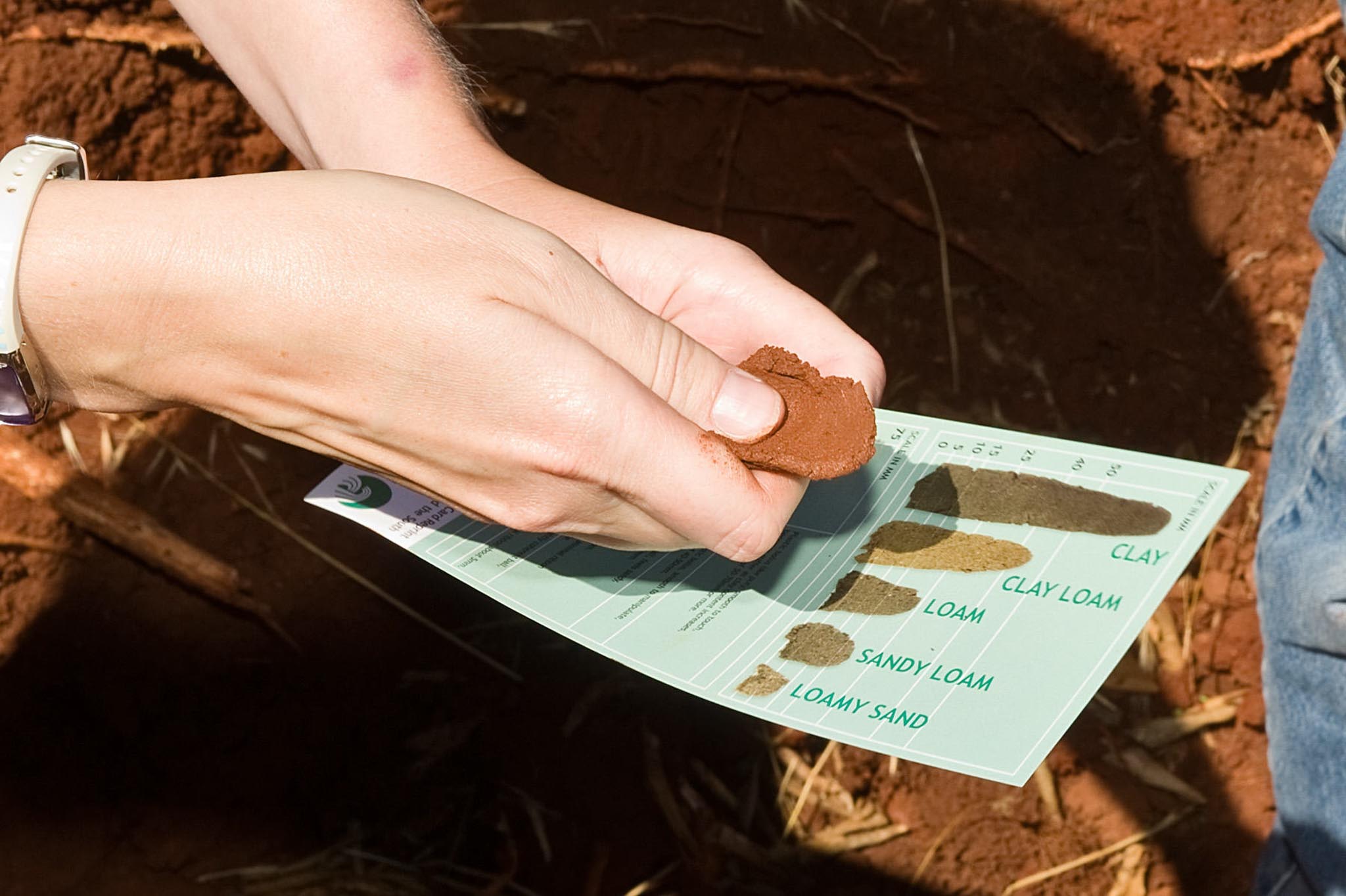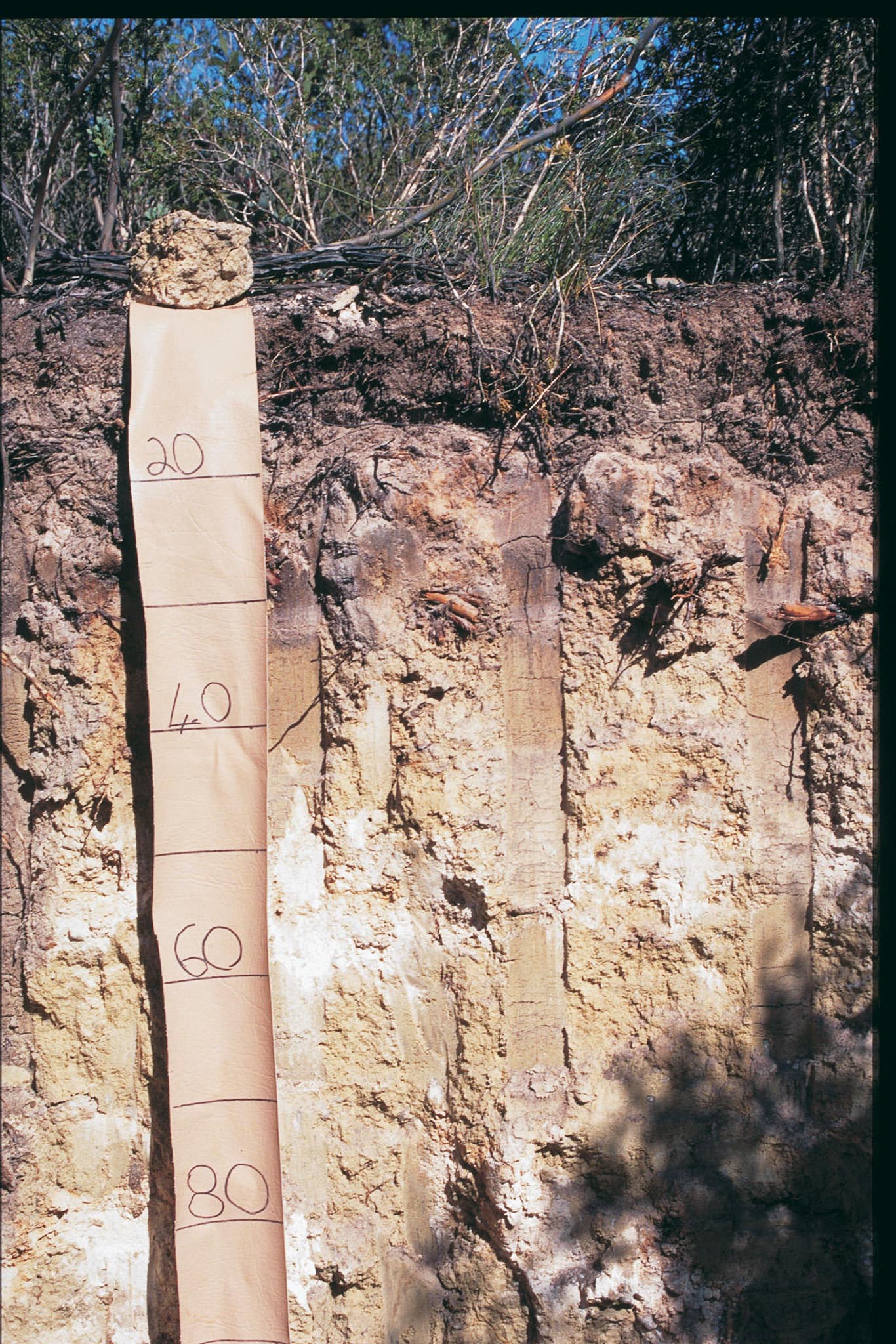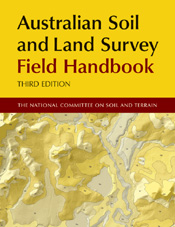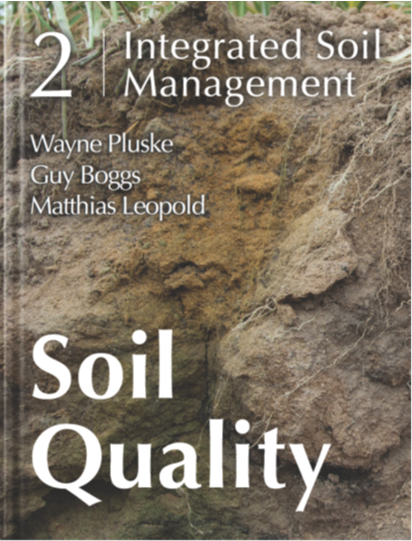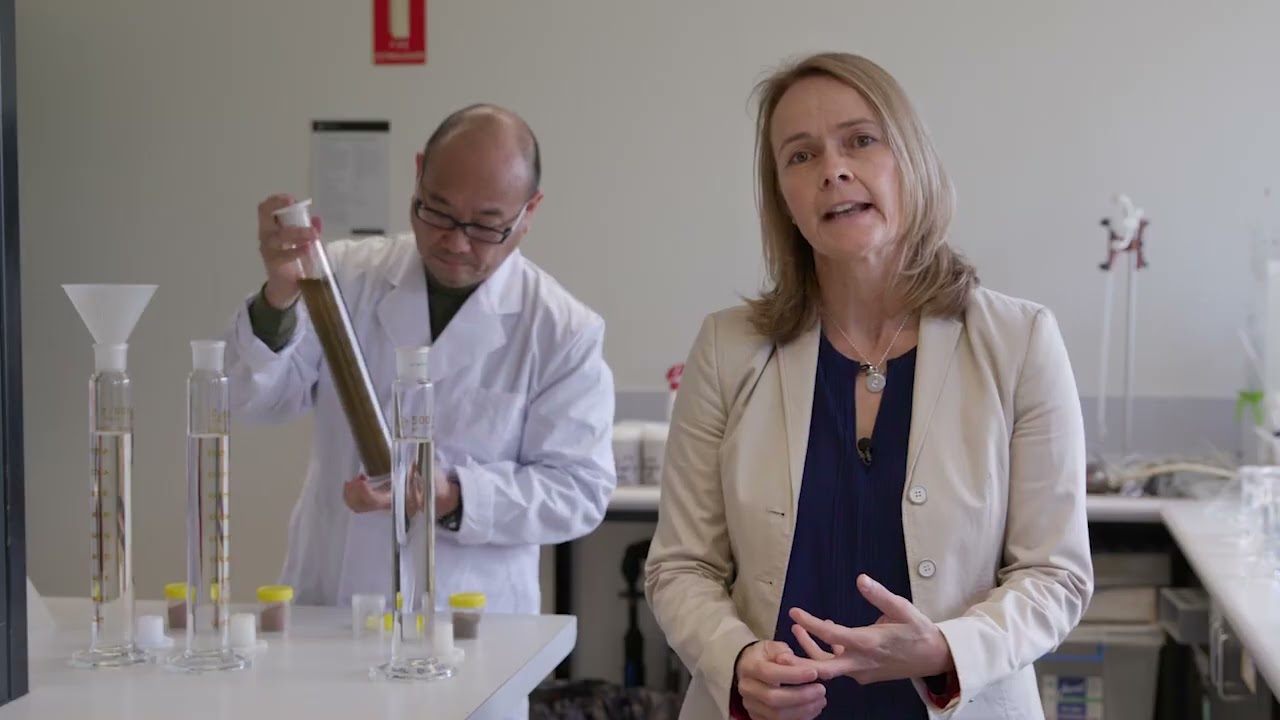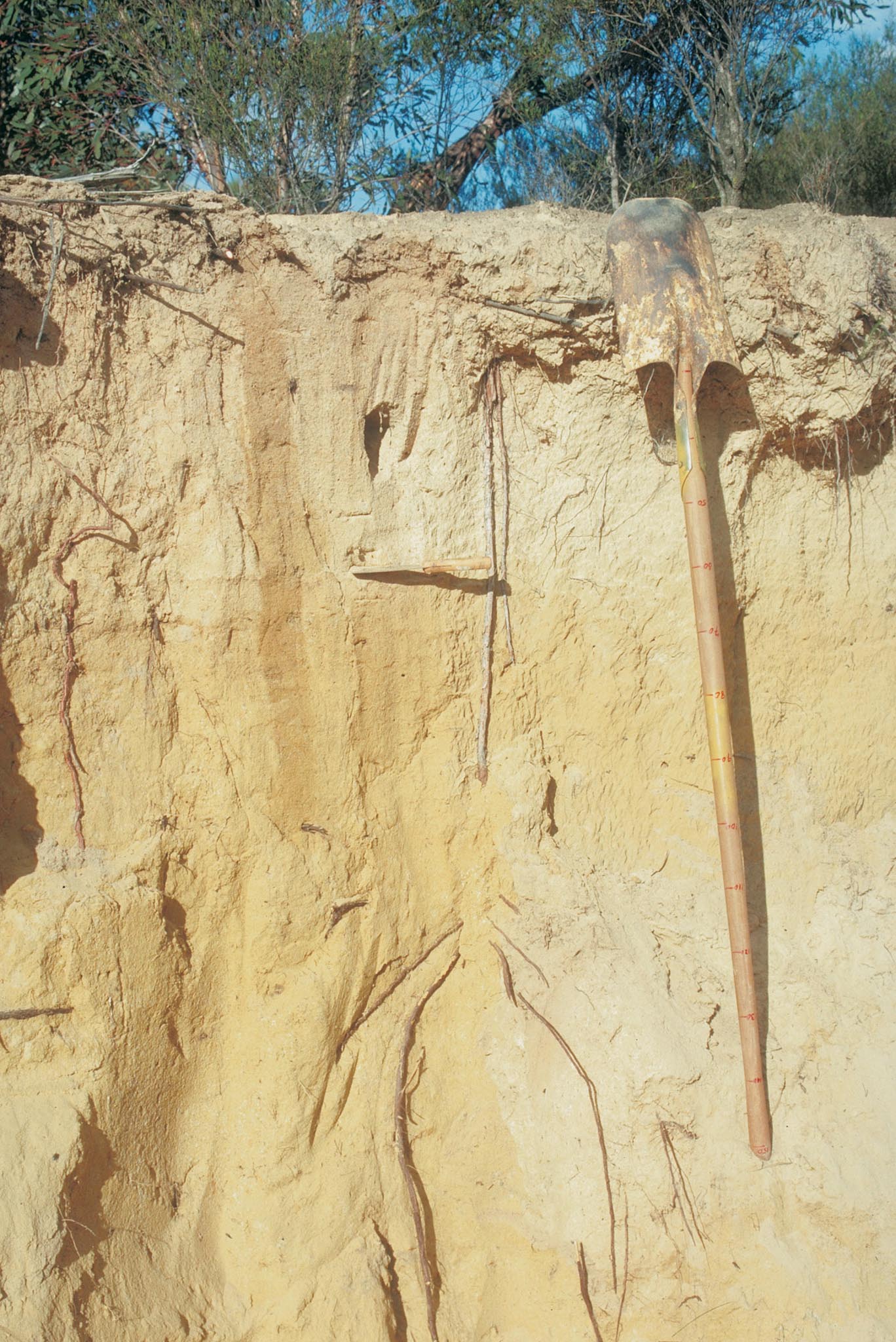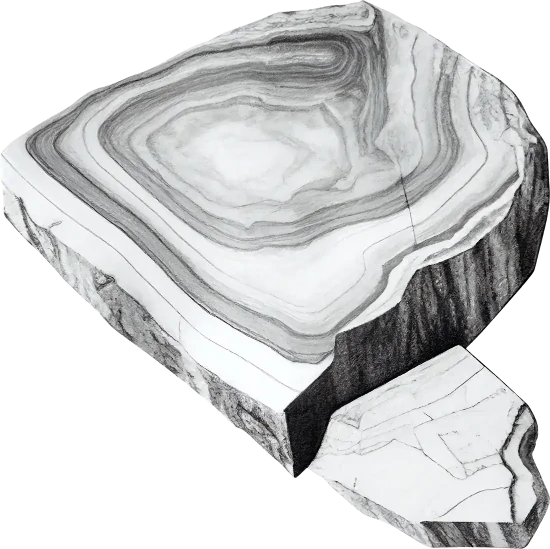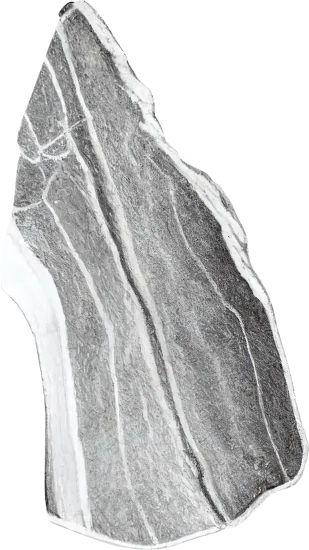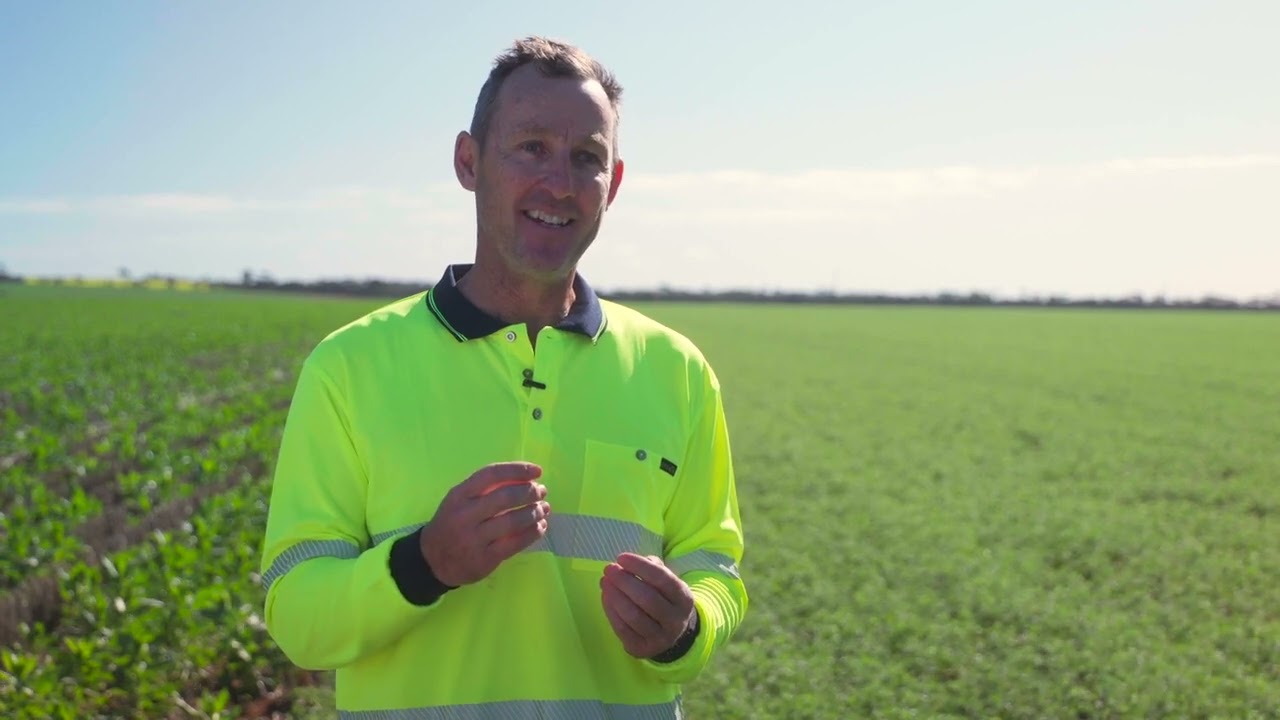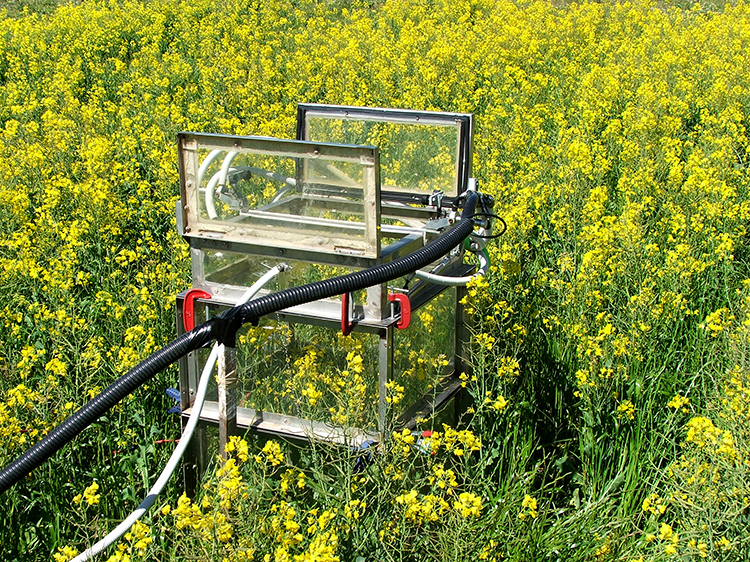What is soil texture?
Soil texture is an inherent property of soil that affects the biological, chemical and physical behavior of soil and properties such as nutrient and water movement and retention that affect agricultural potential. Soil texture depends on the relative proportions of sand, silt and clay particles, which are the mineral components of the soil and have different properties. Differences in the type and mineral composition of the soil parent material, the soil’s position in the landscape and the physical and chemical weathering processes involved in the soil formation all influence the texture of soil.
A knowledge of soil texture is important for assessing the soil’s organic matter storage potential, water holding capacity, nutrient holding capacity, aeration potential and ability to withstand heavy farm machinery. It can be assessed manually by manipulating a sample of soil in the hand, known as hand texturing, or by particle size analysis.
Mineral components of soil
| Particle | Typical composition | Diameter* (µm) | Surface area (m2/g soil) | Cation exchange capacity (cmol/kg) |
|---|---|---|---|---|
| Sand | quartz and resistant primary minerals such as mica | 20-2000 | 0.01-0.1 | negligible |
| Silt | quartz and small mineral particles such as feldspars and mica | 2-20 | 1 | negligible in most soils |
| Clay | secondary clay minerals and oxides/oxyhydroxides of iron and aluminium | > 2 | 5-300 | 3-150 |
From Soil Quality: 2 Integrated Soil Management (Pluske et al. 2018).
µm = micrometre (there are 1000 micrometres in 1 millimetre)
m2/g soil = square metres per gram of soil
cmol/kg = centimols of charge per kilogram
*The boundaries for classifying particles as sand, silt or clay are different internationally. The World Reference Base of soils sets the upper limit for silt as 63µm diameter, which is much closer to most national classification systems.
Field measurements to determine soil texture
Steps to hand-texturing soil
- Take a sample from the horizon to be textured.
- Place enough soil (about the size of a small egg but will also fit comfortably in the palm of your hand) in your hand and remove any twigs, large stones or stubble.
- If stone or gravel is in the soil, sieve with a 2 mm sieve. This can be challenging if soil is damp which will affect how much soil is able to be sieved. The soil may need to be dried to be able to sieve it. An estimate of the gravel percentage is done by comparing the volume of the gravel against the soil under 2 mm.
- Use a spray mist bottle to moisten the soil with water until it just fails to stick to your fingers. Use your non-dominant hand for the hand texturing.
- Let the water soak in and work the soil between your fingers and thumb until it is at the same moisture content throughout (around 1-2 minutes). You may need to add more water if not moist throughout.
- Once the soil is thoroughly moistened, try to form a ball – note the feel of the ball or ‘bolus’.
- Press and slide the bolus between thumb and forefinger, sliding your thumb across the soil to extrude a hanging ribbon 2-3 mm thick, 10 mm wide. Compare your results to a soil field texture card.
Soil texture guides
Various cues during this process can help identify the soil texture, such as:
- if the soil forms a ball, the look and feel of the ball
- any staining to your hand
- the length of the ribbon
Whether or not the soil forms a ball (bolus) is a fast way at eliminating whether the soil is a clay or a sand. If the soil does form a bolus, the look and feel of the bolus can help you identify its primary components.
- Sands do not form a bolus.
- Once it is determined to be a sandy soil, the amount of clay can be estimated.
- Once it is determined to be a clay, the amount of clay and sand can be estimated. The feel of the bolus gives clues, such as whether it feels sticky (more clay), gritty (has sand), or spongy (loamier or due to organic matter).
Use the tables below to work through the various stages of texturing soil. The first table is a soil type guide if a bolus is formed. If the soil either fails to form a ball that holds together or DOES NOT form a ribbon, use the second table to determine soil type.
The soil ribbon card is another example of a guide that is useful in the field. The Australian Soil and Land Survey Field Handbook has a more detailed guide to texturing and other in-field measurements for describing soil.
Soil texture guide - unable to ribbon
| Loamy sand | Silt | Sand |
|---|---|---|
| Forms a ball | Forms a ball | Does not form a ball |
| Forms a ribbon < 2 cm | Forms no ribbon | Falls apart in your hand |
| Feels gritty | Feels smooth | Feels gritty |
| Visible sand grains | No sand | Single grains of sand |
Soil texture guide - able to ribbon
| Clay | Clay loam | Loam |
|---|---|---|
| Ball holds together strongly | Ball holds together | Ball holds together |
| Really sticky, stains your hands and can be moulded | Partially sticky | May be slightly sticky |
| Hard to squeeze | Resistant to squeezing | Easy to squeeze, soft and smooth |
| Forms a long ribbon (+5 cm) without breaking | Forms a medium ribbon (2-5 cm) without breaking | Forms a short ribbon (approx. 2 cm) without breaking |
| Feels gritty = sandy clay | Feels gritty = sandy clay loam | Feels gritty = sandy loam |
| Feels smooth = silty clay | Feels smooth = silty clay loam | Feels smooth = silty loam |
| Feels a little gritty = clay | Feels a little gritty = clay loam | Feels a little gritty = loam |
Soil ribbon card
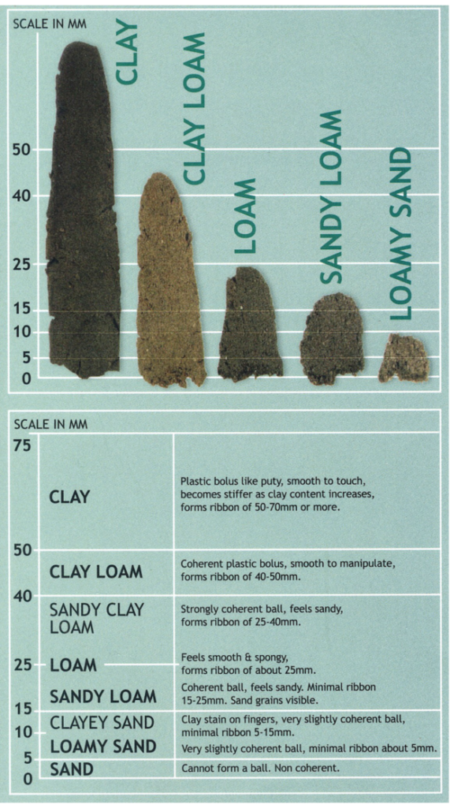
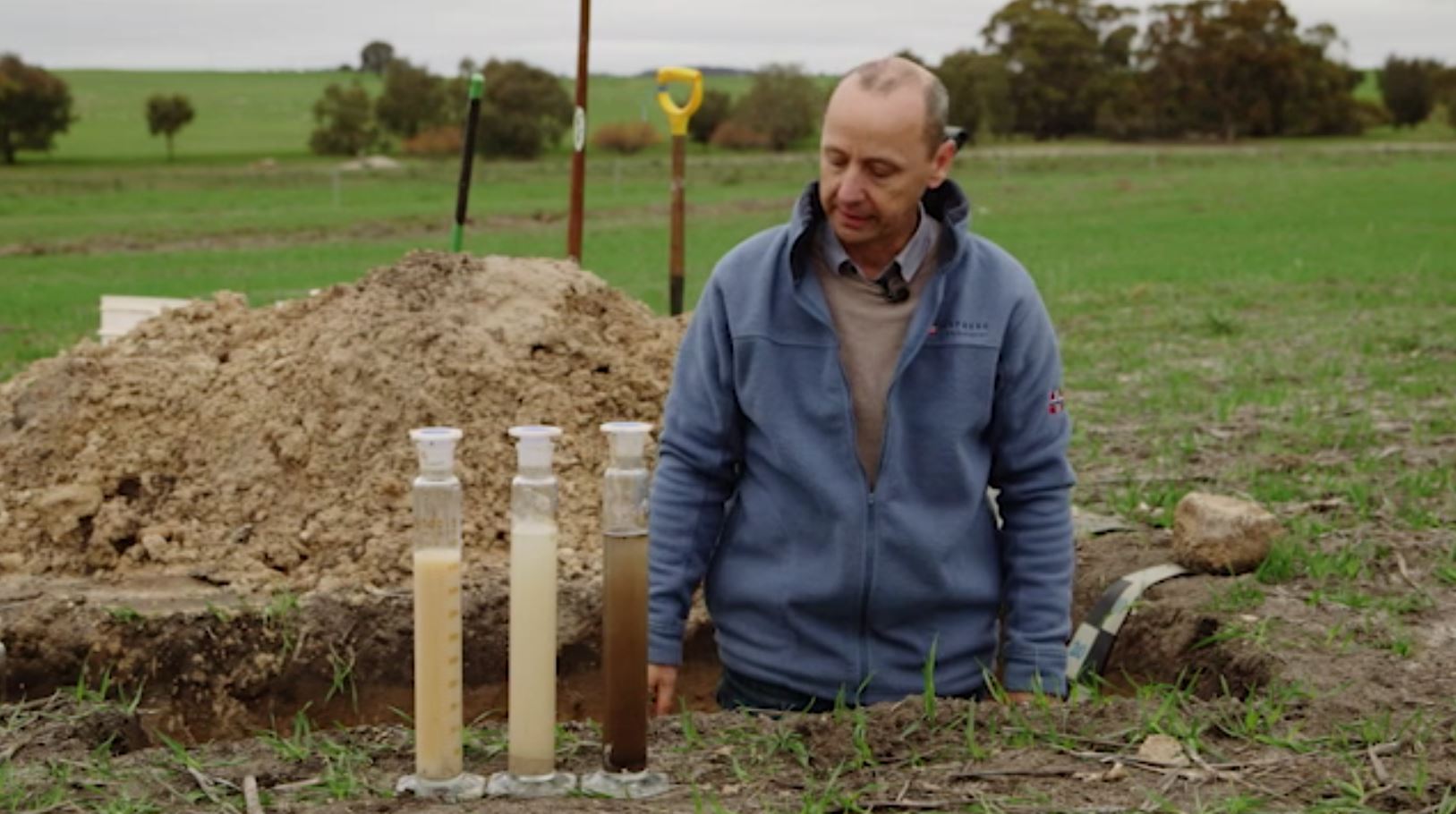
Soil texturing in the field
From Soil Quality: 2 Integrated Soil Management (Pluske et al. 2018). Video talent: Matthias Leopold, The University of Western Australia; video production: Lomax Media.
Laboratory method to determine soil texture
The texture classes returned from the lab can be different to the field assessed texture, even with skilled practitioners. A laboratory determination of soil texture using particle size analysis gives a detailed and reliable measure of the relative amounts of sand, silt and clay particles in a soil. Particle size analysis in the laboratory eliminates factors that may affect hand texturing such as organic matter content, clay mineralogy, cation composition and the presence of cementing agents. Sodic soils, for example, have a heavier hand texture than is determined by particle size analysis.
After pre-treatment to remove organic matter, salts such as gypsum, iron oxides, and calcium and magnesium carbonates, fractionation is used to separate the sand, silt and clay in the soil. The fractions are dried and weighed and the texture triangle is used to convert the percentages of sand, silt and clay into a recognised texture class.
For example, if your soil is 50% sand, 30% silt and 20% clay: start at the base of the triangle and position your finger on the 50% sand mark and move it up the line running parallel with the right side of the triangle, simultaneously use another finger to trace a line down along the 30% silt line until the two meet (your fingers will always meet at the remaining percentage of clay to make 100% total, in this case 20%) and note the texture where your fingers meet is silty loam. Different countries have their own systems so it is very important to use the correct texture triangle.
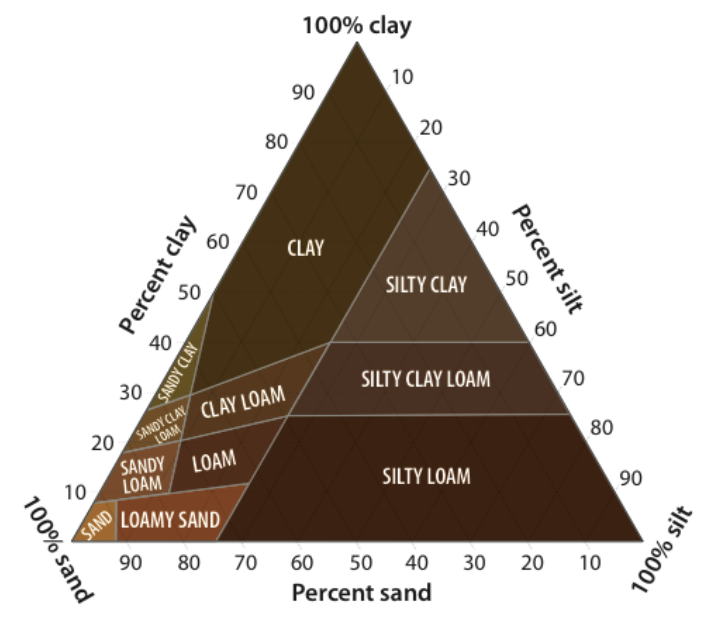
Page references and acknowledgements
Material on this page adapted from:
- Hoyle FC (2007). Soil Health Knowledge Bank.
- Pluske W, Boggs G and Leopold M (2018). Soil Quality: 2 Integrated Soil Management. SoilsWest, Perth, Western Australia. [Access]
Last updated July 2024.

